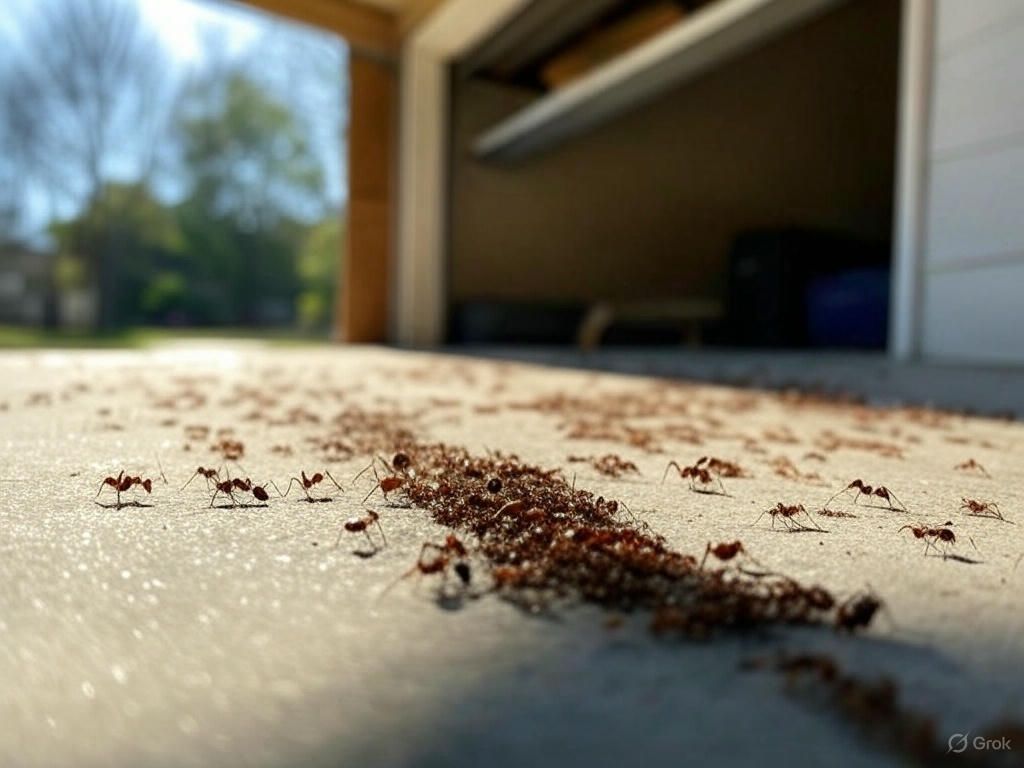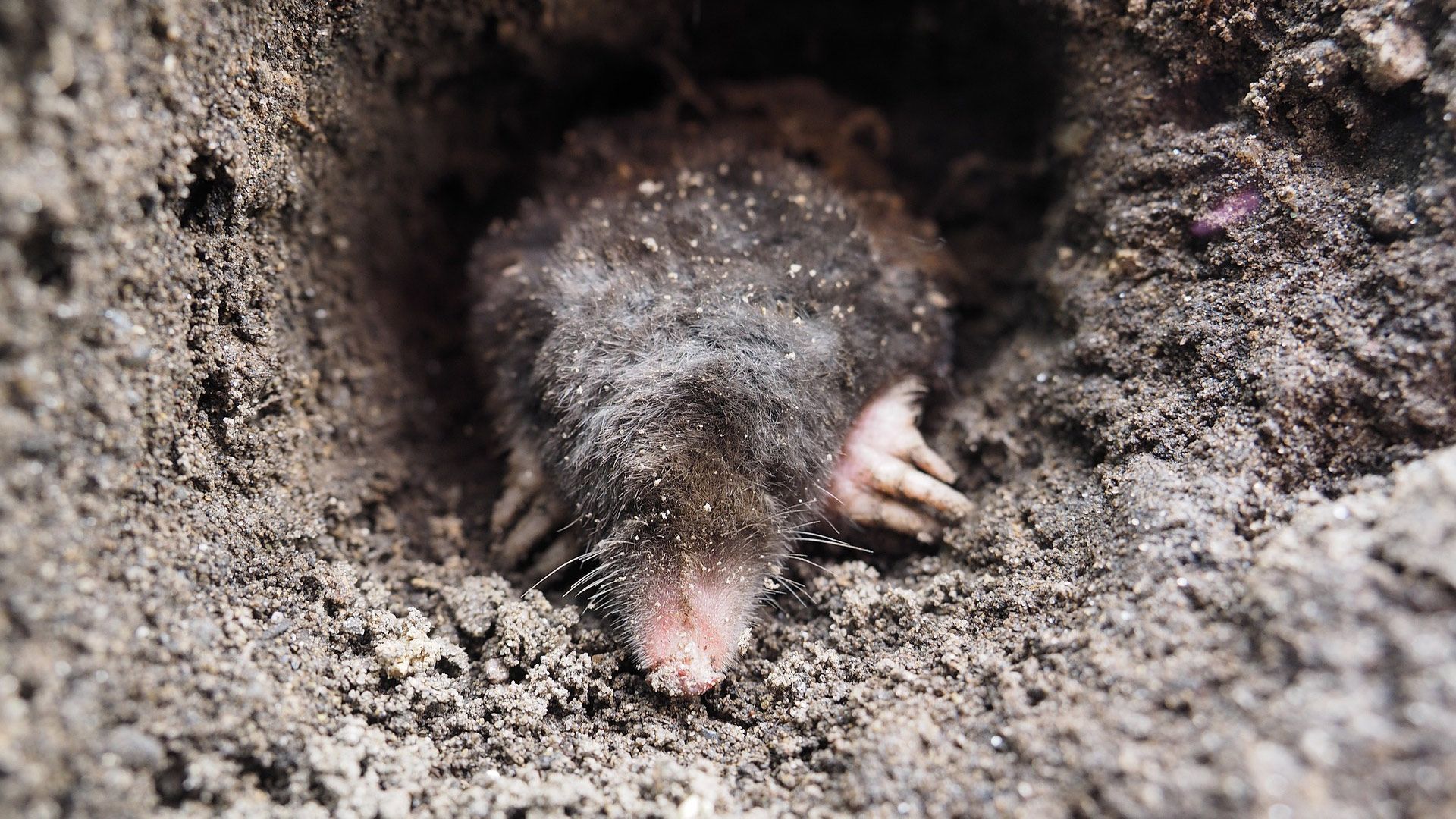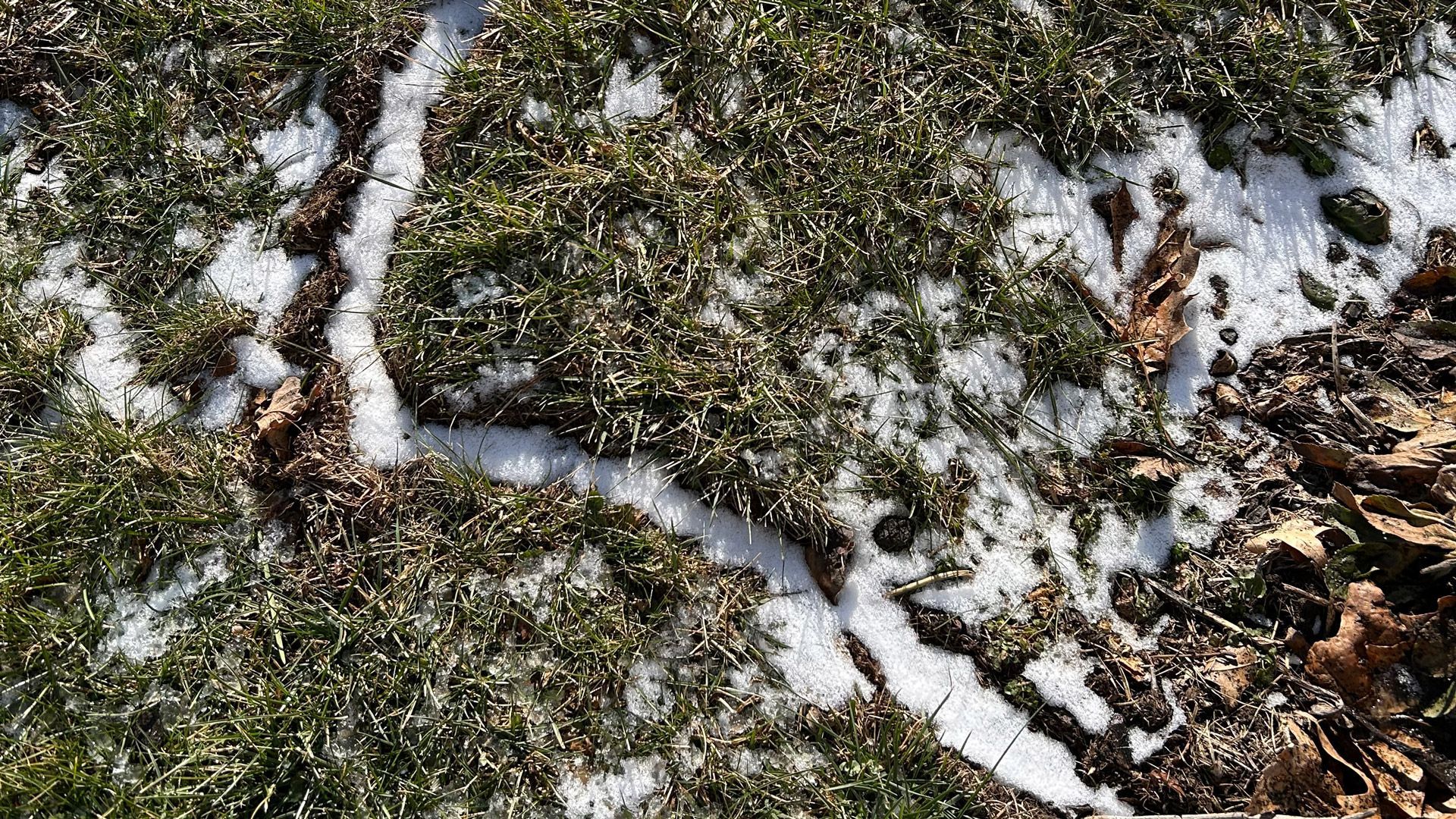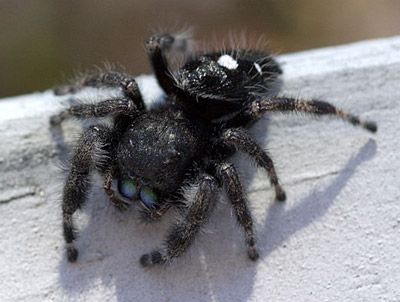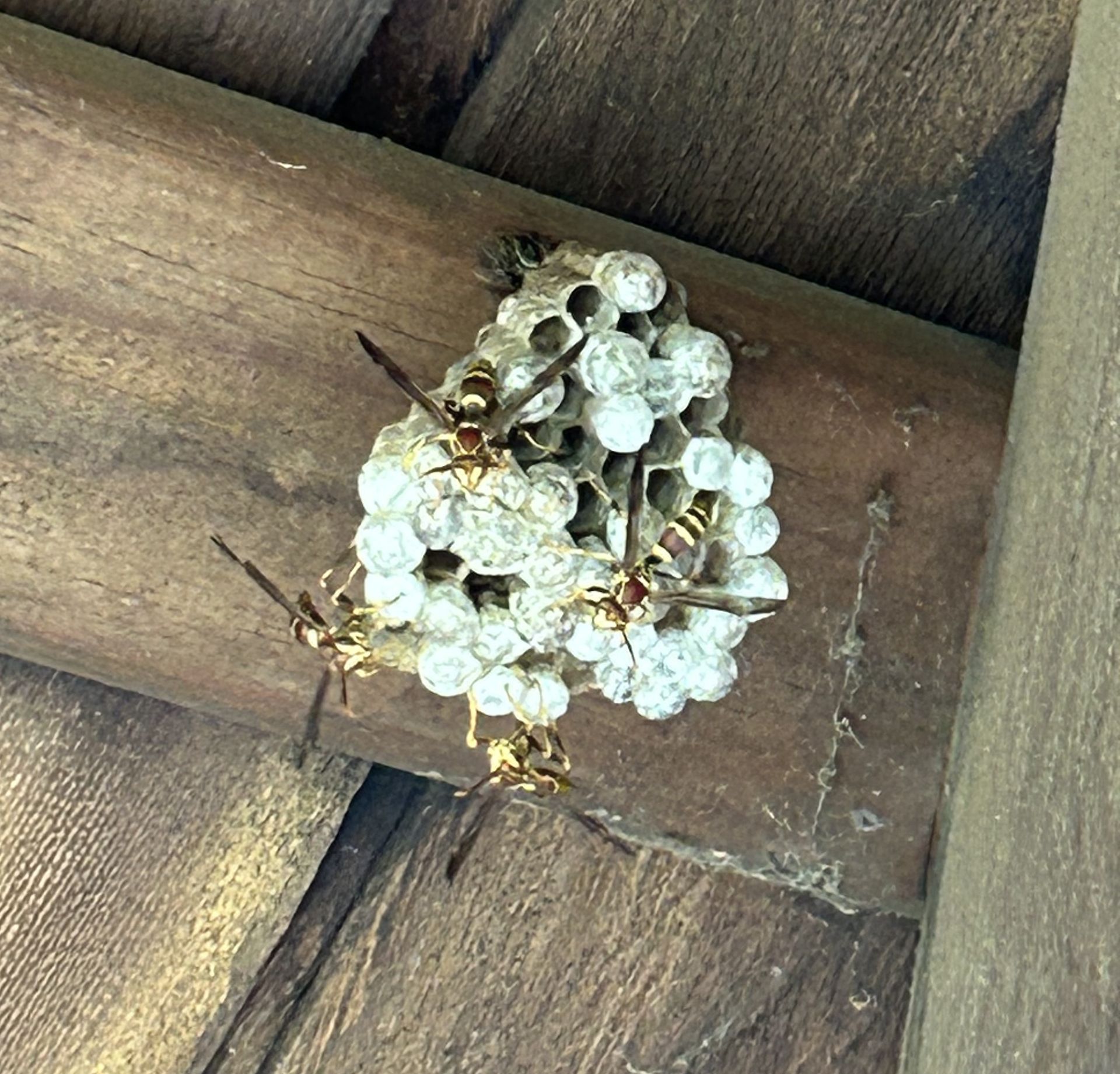Serving Lancaster County PA and the Surrounding Area
Lancaster's Common Pests That Can Be Found Indoors During Winter
Understanding Winter Pests
As the temperatures drop and winter sets in, many homeowners assume that pest problems will subside. However, this is not always the case. Winter pests can be just as problematic to your property as their summer counterparts, and it’s essential to understand why they invade homes during this time. Pests are constantly seeking out environments where they can find food, shelter, and moisture, and your home can provide all three. Understanding these pest problems is the first step in effective pest control.
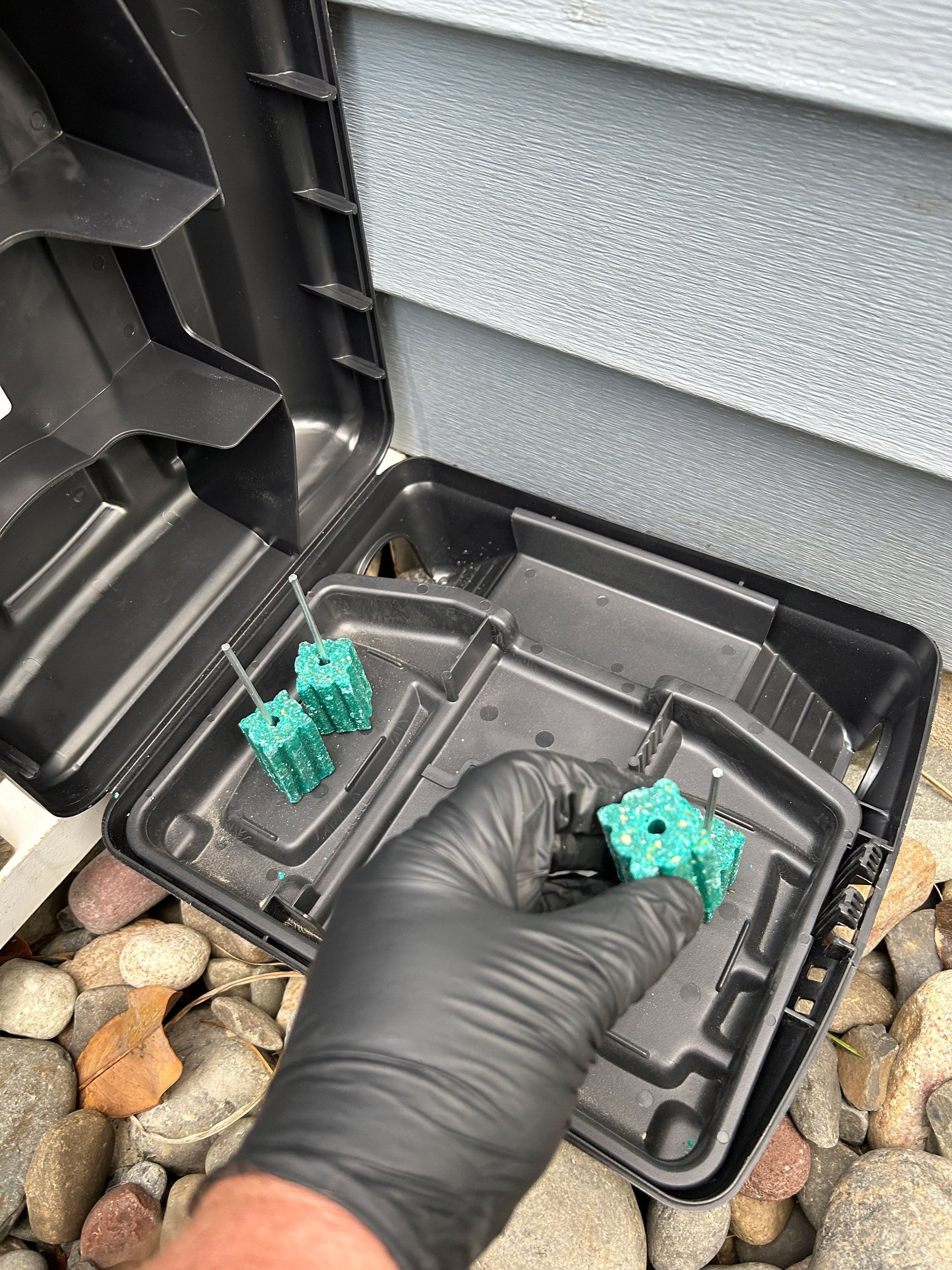
Why Pests Invade Homes in Winter
During the winter months, pests seek shelter from the cold and harsh weather conditions. Homes provide a warm and cozy environment that is perfect for pests to thrive. Some common reasons why pests invade homes in winter include:
Food: Pests are attracted to food sources, and homes often provide an abundance of crumbs, spills, and other edible materials.
Shelter: Pests seek shelter from the cold and wind, and homes offer a warm and protected environment.
Moisture: Pests need water to survive, and homes often provide a source of moisture through leaky pipes, damp basements, and other areas.
Common Winter Pests
Some common pests that invade homes and businesses during the winter and may require pest control include:
Spiders
Spiders can live and breed indoors year round, but fall spider invasion is very common. As the weather gets colder, spiders will find ways to enter structures. These entry points can include but are not limited to gaps around garage doors, around windows, under doors, and even under the siding, through a crack, and into the structure. Spiders can live a long time without a meal (they eat insects and other spiders), so it is easy for them to take up a permanent residence in your home and stay indefinitely. They can even reproduce successfully indoors.
Silverfish
Silverfish are fascinating insects that have existed absolutely unchanged on Earth since the time of the dinosaurs. They will commonly inhabit attics and roof lines, but can be found living just about anywhere inside a structure. Their primary food source is starches and cellulose, so they love to eat paper, book bindings, and adhesives. In attics, paper backed insulation and stored boxes provide all of the food they need to survive and reproduce, and populations left untreated can eventually number into the thousands of insects. Silverfish can cause considerable damage to paper products as well as natural fabrics.
House Centipedes
These unsightly predators are very commonly found inside structures, especially in damp basements and scrawl spaces where they are often left undisturbed. Where there is moisture, there are usually insects, and that is the primary food source for the house centipede. Often called “thousand leggers”, they illicit a negative response from just about any person who sees one in their home, though I have had people tell me they don’t mind seeing them because they know they are helping to manage insect populations. Interestingly, silverfish and centipedes are often confused, in name only, as there is really no similarity at all between the two.
Stored Product Pests and Household Insects
Stored product pests are insects that infest grain based food products. The most common of these is probably the Indian meal moth, but cigarette beetles, red flour beetles, sawtooth grain beetles, and weevils are also commonly found indoors. They are most often found in bird seed and pet foods, but can also be found in flour, corn meal, nuts, and some spices. Finding and removing the infested product is the key to eliminating an active stored product pest problem. Good storage practices and not keeping grain based food products for long periods of time are the keys to prevention.
Mice
Any structure can be invaded by mice in the fall, but mice will also happily live indoors year round. If caught in the early stages, trapping mice as they come in can be very effective. Once they have started an indoor breeding population, then you may need to use rodent baits to get them under control. Mice have no control over their bladders or bowels, so they leave a trail of urine and fecal matter everywhere they travel. While the droppings are readily visible, the urine can only be seen with the use of a black light, so if you find dropping is your kitchen drawers, everything in the drawers should be thoroughly cleaned. Have a mouse problem? We can help!
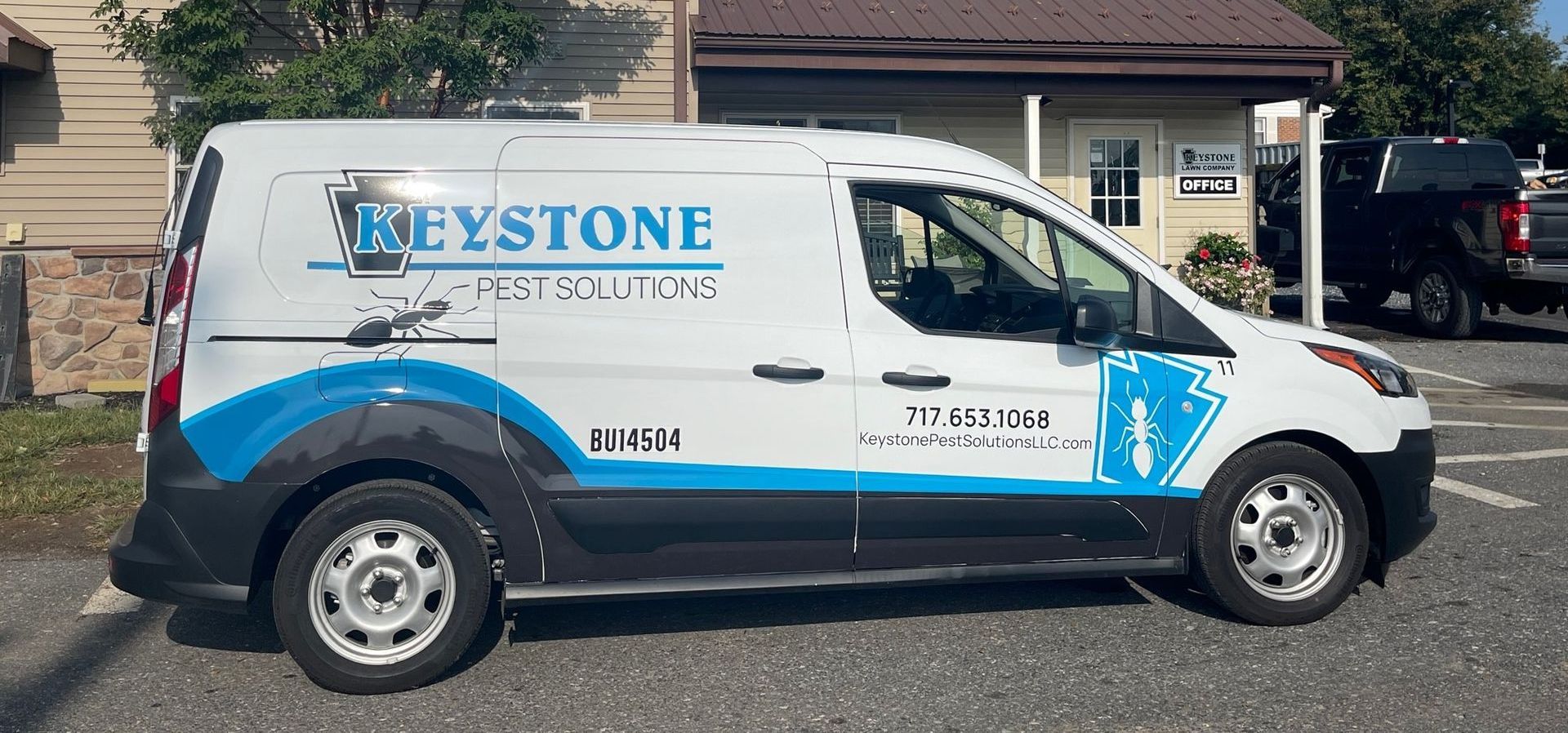
Maintaining a Pest-Free Home
Maintaining a pest-free home requires regular maintenance and attention to detail. Here are some basic tips to help keep your home pest-free:
- Seal all entry points: Caulk cracks and crevices around windows, doors, and pipes to prevent pests from entering your home.
- Keep your home clean: Regularly clean and declutter your home to reduce the risk of pest infestations.
- Eliminate moisture: Fix leaky pipes and ensure that your home is well-ventilated to reduce the risk of moisture-related pest problems.
Regular Pest Maintenance Plans
Regular pest maintenance plans can help prevent pest problems and ensure that your home remains pest-free. A professional exterminator such as Keystone Pest Solutions can provide a customized pest control plan that includes:
- Regular inspections: Regular inspections can help identify pest problems early, reducing the risk of infestations.
- Targeted treatments: Targeted treatments can help eliminate pest problems quickly and effectively.
- Prevention: Prevention is key to maintaining a pest-free home. A professional exterminator can provide advice and guidance on how to prevent pest problems.
By understanding winter pests and taking steps to maintain a pest-free home, you can enjoy a warm and cozy winter season without the hassle of pest problems.
Finding Local Pest Control Services for Lancaster County
Treatment for all of these pests is included with Keystone Pest Solutions Quarterly Pest Control program, a leading pest control company in Lancaster, PA. Our pest control service focuses on providing effective long-term solutions through integrated pest management techniques - we also provide friendly service.
Contact us today for a free pest control estimate to evaluate your pest control needs. Our year-long treatment programs are designed to keep your home and business pest free. The winter service focuses primarily on treating these five and other non-climate dependent invaders. Call us today at (717) 653-1068 or complete our online form if you need help with pests. Our technicians can provide immediate support as well as year-long control programs.

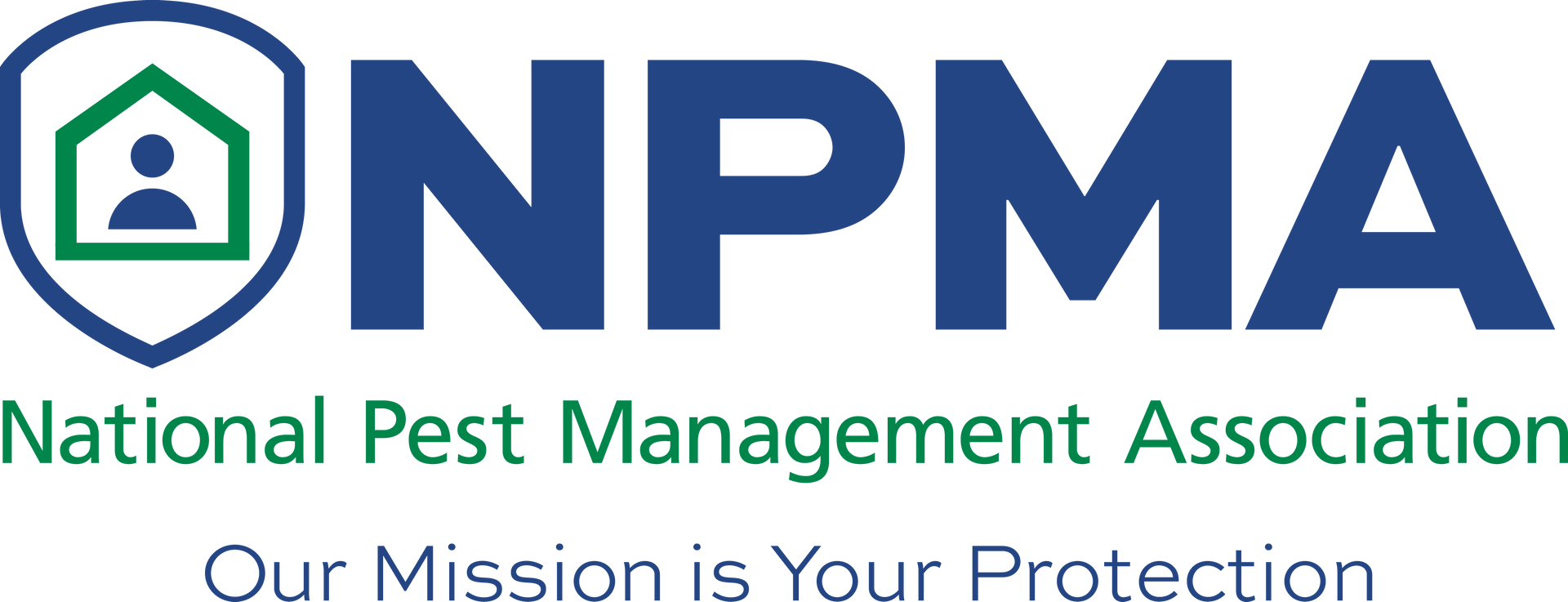


Scan Our QR Code To Easily Leave Us a Google Review. Thank You For Your Support!
All Rights Reserved | Keystone Pest Solutions LLC
Website & Hosting by SovoWeb a division of RedXWebDesign

